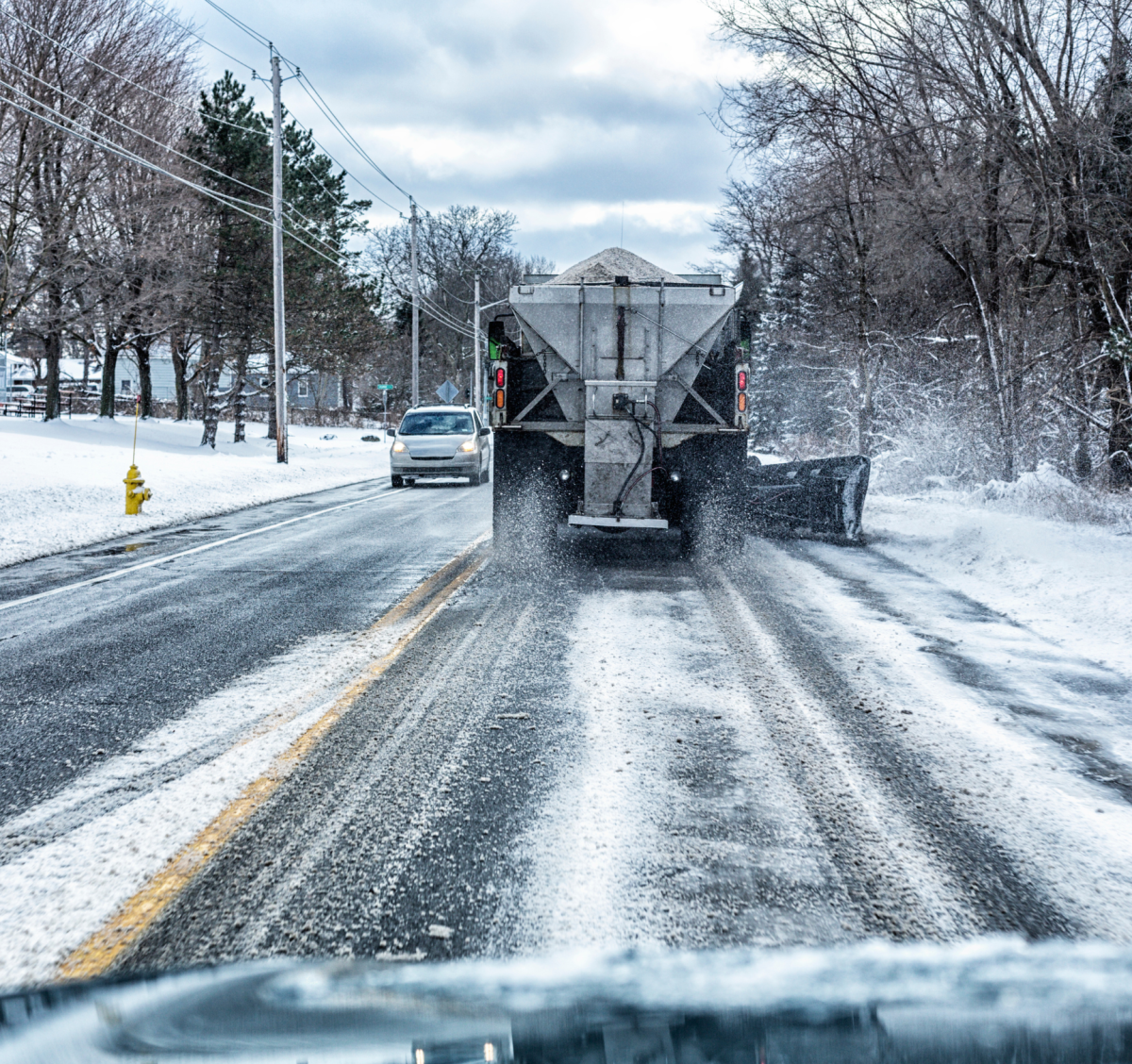In the automotive world the northeast is infamous for the amount of rust cars can accumulate. In the days before advancements in painting techniques and fiberglass, vehicles in this region of the nation were prone to incredible rust damage. So much so in fact that it was common for people to buy new cars simply because of rust damage.
Why is this? The answer is inside those bright orange trucks you see in the wintertime: road salt.
Here in New York, we are in a region known as “the salt belt”. We, along with 28 other states, use salt on our roads to prevent water from freezing on roads when the temperatures drop, or snow is expected. Road salt is not much different from the salt you use in your food. The only difference is this salt is not purified therefore it has expedited corrosive properties. The salt drops prior to the expected weather and it keeps the roads safe.
The downside? This salt is awful for your car, especially your undercarriage.
The bottom of your car is where the most exposed metal will be. When you drive over the salt your undercarriage becomes coated with it. The chemical reaction between the metal and salt will corrode not only the metal but vital components such as your brakes and fuel lines.
On your fenders and body panels salt will also corrode paint if left on for a prolonged period of time. You may notice that your current car has bubbled paint or rust spots on the body of the car due to the effects of unwashed salt. Modern cars now are made of lighter metals and plastics therefore road salt is not the total killer that it once was. However, you still want to care for your car and keep vital components as safe as possible.
There is an easy solution to keeping salt damage off your car and that is simply washing it off.
If the weather is a one-off event and the roads won’t be constantly salty then you can wait until the roads are clear of salt to get your car washed. If the weather is constant, then try to get a wash every ten days to ensure that salt is removed each time.
When you do get your car wash make sure you choose an undercarriage spray and a basic wax if available. This wax will help protect your paint better against salt and the undercarriage spray will get most of the salt off that exposed metal.
If you are the type to wash your car on your own, then make sure you pay special attention to the undercarriage and inside the wheels. You should also get a simple spray bottle or liquid wax that you can coat your paint with to keep it better protected. You don’t need to buff or use any clay bar if you don’t want, just a simple light wax will do.
Keeping up these habits will make sure that salt damage won’t be much of an issue for your car and the extra effort will be worth it in the future.





